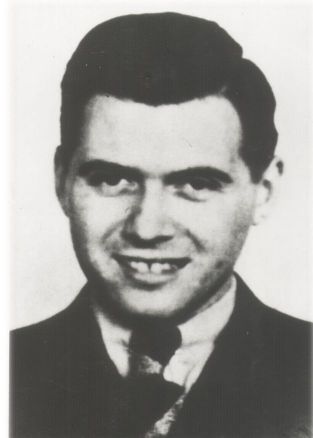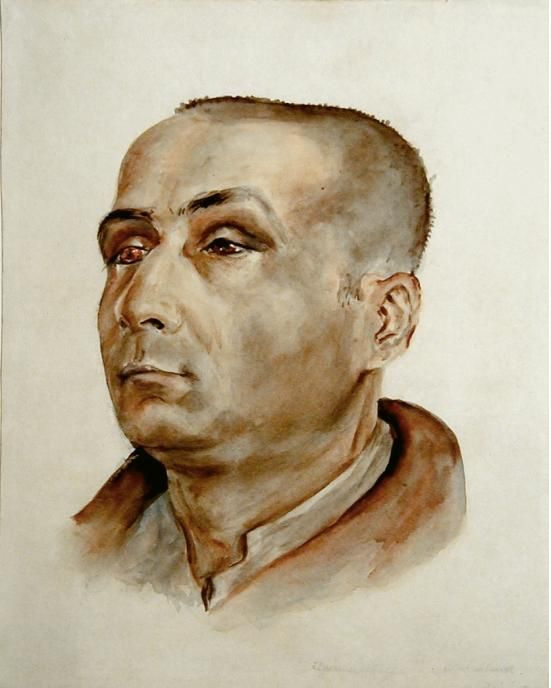At the request of the Kaiser Wilhelm Institute for Anthropology, Human Heredity and Eugenics in Berlin-Dahlem, he began anthropological research of various racial groups, mostly Roma and twins, especially identical twins. His surgery room was in the bathhouse barracks (Sauna) behind block 32. There he carried out anthropometric, serological and morphological studies (among other things, conducting blood transfusions between twins), he deliberately infected children with typhus to find out whether they reacted to the diseases identically or differently. Some experiments had absolutely no medical purpose, such as connecting the veins and other body parts of two boys as if they were Siamese twins.
The final phase of his experiments included killing of the twins and conducting a thorough comparative analysis of organs during the autopsies carried out and scientifically recorded by the prisoner pathologist Miklós Nyszli.
The selected children (48 twins, i.e. 24 pairs) and 72 individuals with physical anomalies (also mostly children), were kept in block 31, in the so-called Kindergarten, where they were looked after by female doctors. These children were well-fed and clean. Doctor Mengele often visited the twins personally. He was gentle and kind towards them, handing out sweets and toys. He won the children’s trust and at every visit they would run to meet him, calling him ‘Onkel Mengele’ (Uncle Mengele). As noma appeared in the camp, Mengele started researching its causes and possible methods of treatment. In one of the rooms of block 22 the prisoners were quartered, the paediatrician Professor Berthold Epstein and the dermatologist Dr Rudolf Weisskopf-Vitek carried out his various tests.
Mengele’s other areas of research were biological abnormalities, such as people with heterochromia iridis, i.e. a pair of eyes with a diverse colouration. Mengele murdered many Roma prisoners with this condition. Samples acquired this way were gathered and chemically preserved in the Sauna barracks, and next sent to the Kaiser Wilhelm Institute for Anthropology, Human Heredity and Eugenics in Berlin-Dahlem or the SS Medical Academy in Graz.
Josef Mengele was the chief physician of the ‘Gypsy family camp’ right up to its liquidation. Later on, he became the chief medical officer (Lagerartz) responsible for all Birkenau sectors. He left Auschwitz before its liquidation, and after the war left Europe to hide in South America, where he avoided justice until his death.




